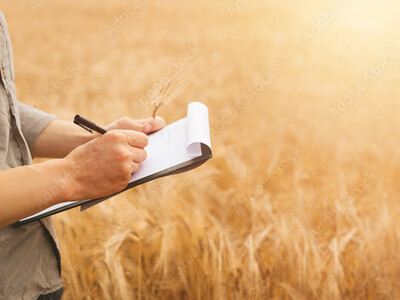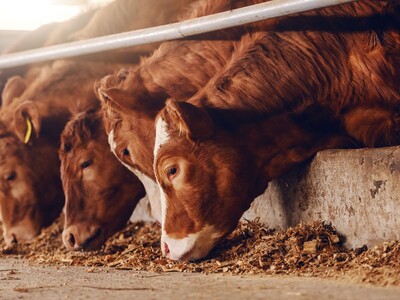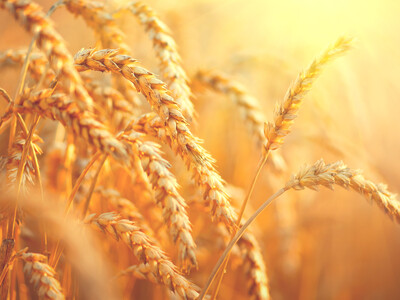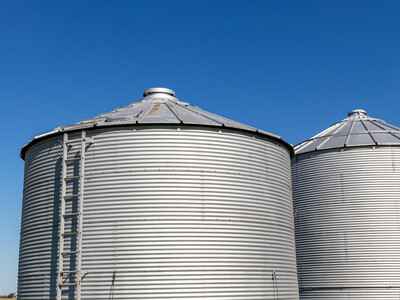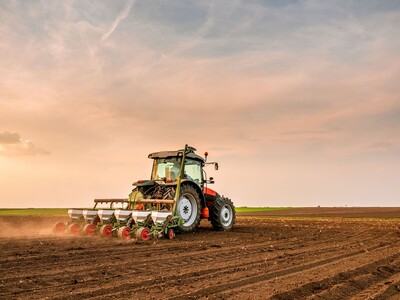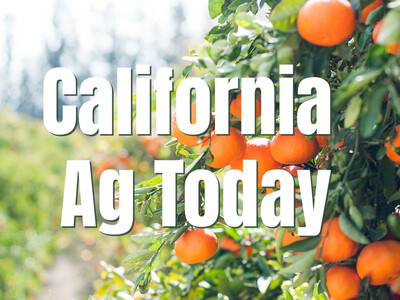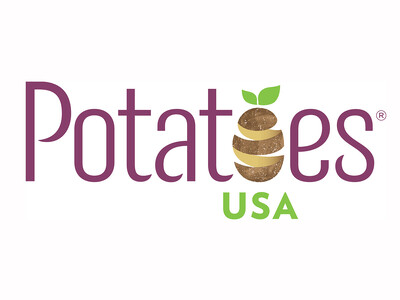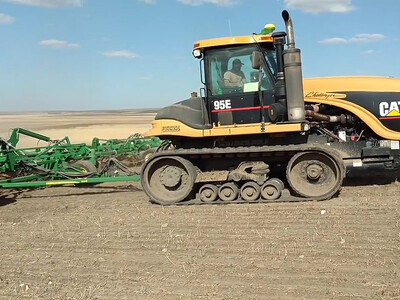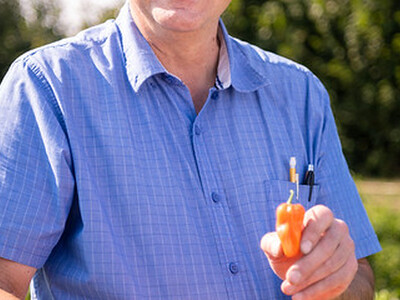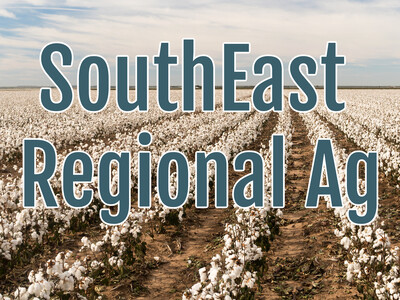Farm Economy
The COVID-19 pandemic is sending crop and livestock prices into a tailspin. Chad Smith has more.The coronavirus pandemic has caused all but the most essential businesses in most states to shut down. Commodity futures markets have been hit hard by the near zeroing out of demand for food from foodservice and schools. John Newton, chief economist for the American Farm Bureau Federation, says commodity prices have been hit hard since March when the pandemic started spreading in the United States.
"Come mid-March, as this virus hit the United States, commodity prices fell sharply. Ethanol prices were down significantly, as were many of the livestock and dairy products, and then we’ve also seen pretty steep declines for corn and soybeans, and then increased volatility in wheat," said Newton.
The downward price movement in the commodity markets is making it all but impossible for farmers to be profitable.
"They’ve seen their returns diminish significantly, and I think longer-term really depends how long of a tail we have on this, when the U.S. economic recovery efforts get underway, and we get these restaurants and other parts of the foodservice sector up and running again," said Newton.
The damage to agriculture has already been extensive. Newton says it’s a little early yet to be able to know what the larger picture of the farm economy will look like.
"When it comes to where we end up on farm income, I think it depends on what the administrative aid packages look like, it depends on how the stimulus efforts to the wider economy help, and then I think it depends on ultimately what our crop growing conditions look like this year, and trade and demand for our products, how those continue to materialize as we move forward through the year," concluded Newton.




